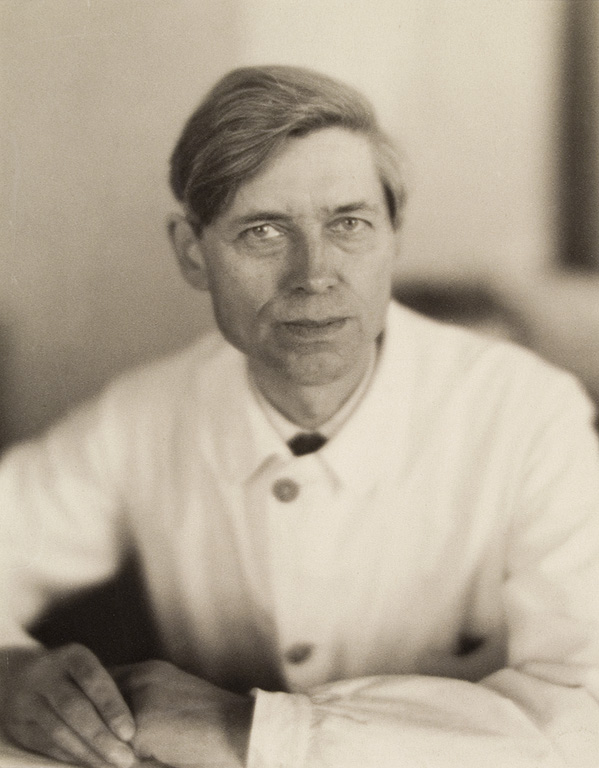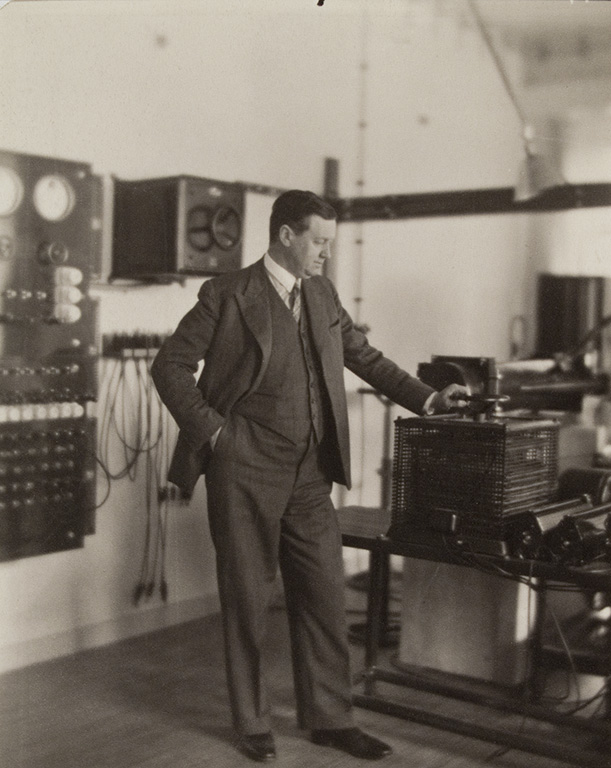<Back to Index>
- Physicist Karl Manne Georg Siegbahn, 1886
- Novelist Joseph Conrad (Józef Teodor Konrad Korzeniowski), 1857
- General Field Marshal of the Wehrmacht Fedor von Bock, 1880
PAGE SPONSOR
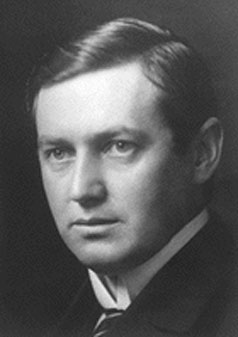
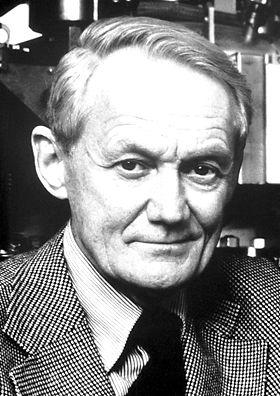
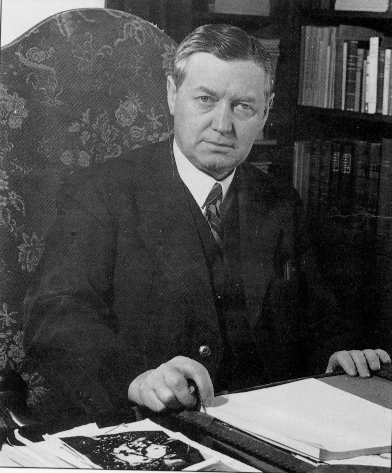
Karl Manne Georg Siegbahn (3 December 1886 - 26 September 1978) was a Swedish physicist who was awarded the Nobel Prize in Physics in 1924 "for his discoveries and research in the field of X-ray spectroscopy".
Siegbahn was born in Örebro, Sweden. He obtained his Ph.D. at the Lund University in 1911, his thesis was titled Magnetische Feldmessungen (magnetic field measurements). He was acting professor for Johannes Rydberg when his health was failing, and succeeded him as full professor in 1920.
Following his Ph.D., he started research on X-ray spectroscopy. This work continued when he moved to the University of Uppsala in 1923. He developed improved experimental apparatus which allowed him to make very accurate measurements of the X-ray wavelengths produced by atoms of different elements. He developed a convention for naming the different spectral lines that are characteristic to elements in X-ray spectroscopy, the Siegbahn notation. Siegbahn's precision measurements drove many developments in quantum theory and atomic physics.
In 1937, Siegbahn was appointed Director of the Physics Department of the Nobel Institute of the Royal Swedish Academy of Sciences.
Siegbahn married Karin Högbom 1914. They had two children: Bo Siegbahn (1915 - 2008), a diplomat and politician, and Kai Siegbahn (1918 - 2007), a physicist, who also received the Nobel Prize in Physics, in 1981, for his contribution to the development of X-ray photoelectron spectroscopy.
He won the Hughes Medal 1934 and Rumford Medal 1940. In 1944 he patented the Siegbahn pump.
